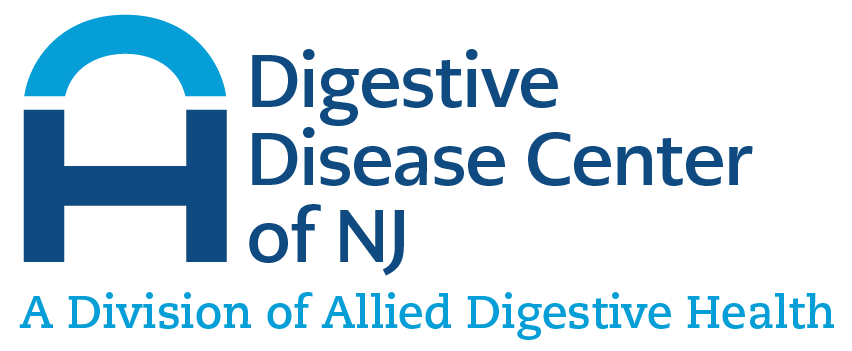Hernias Treatment
Hernias can commonly happen in several areas of the body and are characterized by an organ pushing through weakened muscle or tissue. Hernia treatment is necessary for all types of hernias as hernias do not go away on their own (except for umbilical hernias in babies). Surgery is the most common hernia treatment as a procedure is necessary to repair a hernia. Read on to learn more about the different types of hernias, symptoms, and causes, and what hernia treatment options are available.
What Is a Hernia?
Hernias are most common in the abdominal wall, although other types of hernia appear in other areas of the body. A hernia occurs when an organ (or other part of the body) “pushes through,” or protrudes, through the muscle or tissue containing the organ. According to Medscape, it’s estimated that up to 10 percent of the United States population will experience hernia at some point in their lifetime. Diagnostic tests and hernia treatment both depend on what type of hernia is suspected, as there are several.
Types of Hernias
Different types of hernias affect different areas of the body and mainly affect the abdomen or groin. The most common types of hernias are:
- Inguinal hernia. This looks different for men and women. In men, the inguinal canal connects the blood vessels leading to the testicles and the spermatic cord. In women, the inguinal canal provides support for the womb. In this type of hernia, a part of the intestine pushes through the groin area at the top of the inner thigh in both men and women. This is the most common type of hernia experienced, and it is more common in men.
- Umbilical hernia. In this type of hernia, fatty tissue or part of the intestine pushes through the abdomen near the navel (belly button). This is the only type of hernia that can go away on its own but only in infants and not all of the time.
- Femoral hernia. Part of the intestine pushes into the groin at the top of the inner thigh. These are less common than inguinal hernias and mainly affect older women.
- Hiatal hernia. Part of the stomach pushes through into the chest cavity via an opening in the diaphragm.
There are other less common types of hernia as well. These include:
- Incisional hernia. This occurs as a result of tissue protruding through an abdominal scar, likely from surgery.
- Spigelian hernia. This hernia protrudes in the side of the abdominal muscle, which is below the navel.
- Epigastric hernia, Between the navel and breastbone, fatty tissue pushes through the abdomen.
Hernias are a fairly common condition, and it’s estimated that 75 to 80 percent of hernias are inguinal or femoral.
What Are the Symptoms of a Hernia?
Since most hernias are present in the abdomen or groin, they share common symptoms. When a hernia occurs, you may see signs and symptoms of:
- Pain while lifting
- Swelling in the abdomen, groin, or scrotum
- A dull, aching feeling
- Signs of bowel obstruction
- A feeling of fullness too soon after eating
- Pain where the hernia is bulging through
It’s important to note that, in many hernias, an “outside bulge” can be felt. However, with hiatal hernias, there is no outside bulge, and patients may have symptoms of acid reflux, dysphagia (difficulty swallowing), chest pain, and regurgitation.
Common Causes of Hernias
The cause of hernia depends upon its location and what type it is. Commonly, inguinal and femoral hernias may be due to weakened muscles in the abdomen and groin, which may have been present since birth. Straining also exacerbates these types of hernias, such as heavy lifting, straining during an episode of constipation, obesity, pregnancy, or frequent coughing. Umbilical hernias are also possible in adults if the abdominal area has experienced a major strain, by giving birth, or by being overweight.
Doctors and researchers are not sure what causes hiatal hernias. It is thought that hiatal hernia is due to a weakening of the diaphragm muscles with age.
When to Get Medical Attention for Your Hernia
If hernia is suspected, medical attention and hernia treatment are needed. Hernias are typically easily diagnosed. In most cases, your physician will order a computed tomography (CT) scan, which can give an accurate diagnosis. Very often, hernia is discovered with a physical exam as there is a noticeable bulge present. In most cases, hernia surgeries are needed to correct the problem, regardless of type.
As far as treatment is concerned, hernias do not get better on their own, except in the case of some umbilical hernia cases in children. In many cases of umbilical hernia in children, the hernia resolves by the age of 4 or 5 and does not require surgery to repair the hernia.
In adults, however, surgery is often needed as hernia treatment. There are several different types of surgeries for hernia:
- Laparoscopic surgery. This is a minimally invasive type of surgery that requires a small incision (different from open surgery), and a laparoscope is used to perform the procedure.
- Open surgery. This is the most common type of hernia repair surgery. A cut is made at the location of the hernia, the tissue is put back into its proper place, and weakened muscles are stitched back together. Sometimes mesh is inserted during this procedure.
- Robotic hernia repair. This also uses laparoscopy and the use of robotics. It’s a viable choice for smaller hernias, but with modern medical technology, can now be used to help repair the abdominal wall.
If a hernia isn’t treated, it can lead to obstruction of the intestines or strangulation to the intestines (where the blood supply is completely cut off). Strangulation would require an emergency surgical procedure.
Schedule a Consultation with a Gastroenterologist
If you’re experiencing symptoms consistent with a hernia, particularly if there is a noticeable bulge, you should consult a gastroenterologist as soon as possible for hernia treatment. To schedule a consultation with Allied Digestive Health, you may call any one of our care centers listed here. Our dedicated and compassionate team provides full, comprehensive healthcare for all of your gastrointestinal issues.


